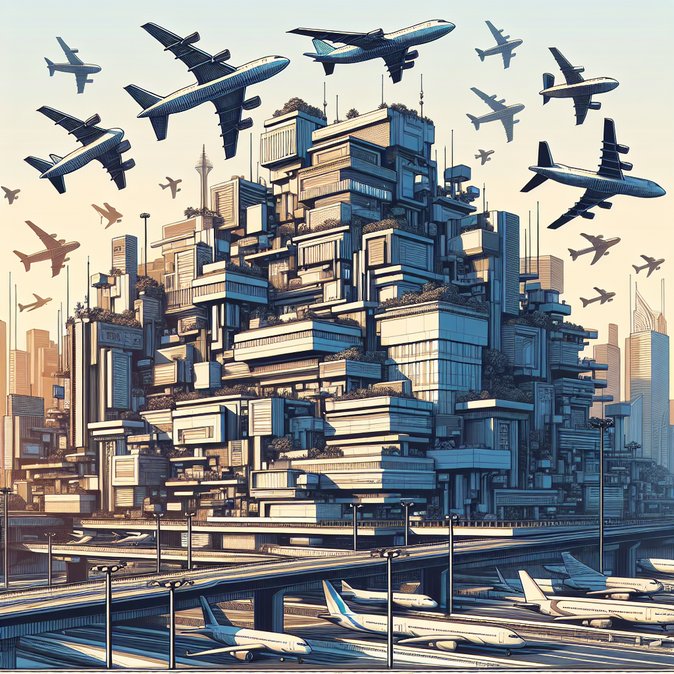
Mumbai’s Chhatrapati Shivaji Maharaj International Airport (CSMIA) smashed its own traffic record on 21 November, clocking 1,033 aircraft movements (518 arrivals and 515 departures) in 24 hours—one more than the previous high set in 2023.
The milestone underscores how India’s second-busiest airport is running at near-saturation. Because its two intersecting runways can only be used one at a time, the operator has optimised turnaround times, revised parking bays and deployed additional immigration counters to keep queues under 20 minutes during peaks. Airlines say the record suggests pent-up post-pandemic demand remains robust and that business-heavy corridors such as Mumbai–Delhi and Mumbai–Bengaluru are almost back to pre-COVID load factors.
![Mumbai Airport Handles Record 1,033 Flights in a Single Day]()
From a mobility standpoint, companies flying project teams or expatriates through Mumbai should plan for tighter slot availability this winter. Travel managers are already reporting scarcity of evening departure slots for next-day trips, pushing fares up by 8-12 per cent week-on-week.
Relief may come once the green-field Navi Mumbai International Airport opens in 2026; authorities expect it to siphon off at least 10 per cent of traffic in year one, freeing up business-critical slots at CSMIA. Until then, contingency buffers of at least 90 minutes for connections are advisable, and premium-service immigration fast lanes are likely to command higher fees.
The milestone underscores how India’s second-busiest airport is running at near-saturation. Because its two intersecting runways can only be used one at a time, the operator has optimised turnaround times, revised parking bays and deployed additional immigration counters to keep queues under 20 minutes during peaks. Airlines say the record suggests pent-up post-pandemic demand remains robust and that business-heavy corridors such as Mumbai–Delhi and Mumbai–Bengaluru are almost back to pre-COVID load factors.

From a mobility standpoint, companies flying project teams or expatriates through Mumbai should plan for tighter slot availability this winter. Travel managers are already reporting scarcity of evening departure slots for next-day trips, pushing fares up by 8-12 per cent week-on-week.
Relief may come once the green-field Navi Mumbai International Airport opens in 2026; authorities expect it to siphon off at least 10 per cent of traffic in year one, freeing up business-critical slots at CSMIA. Until then, contingency buffers of at least 90 minutes for connections are advisable, and premium-service immigration fast lanes are likely to command higher fees.










